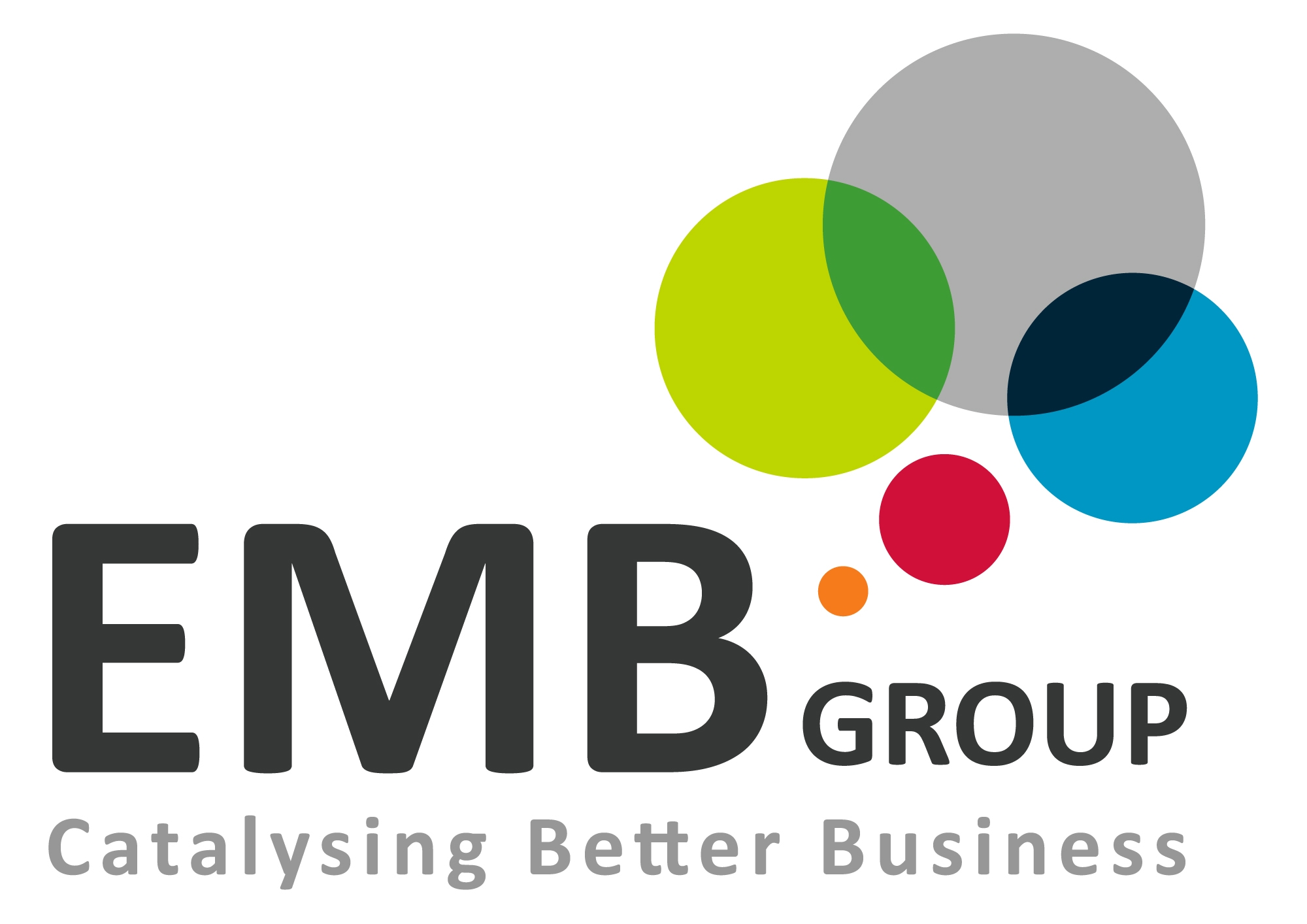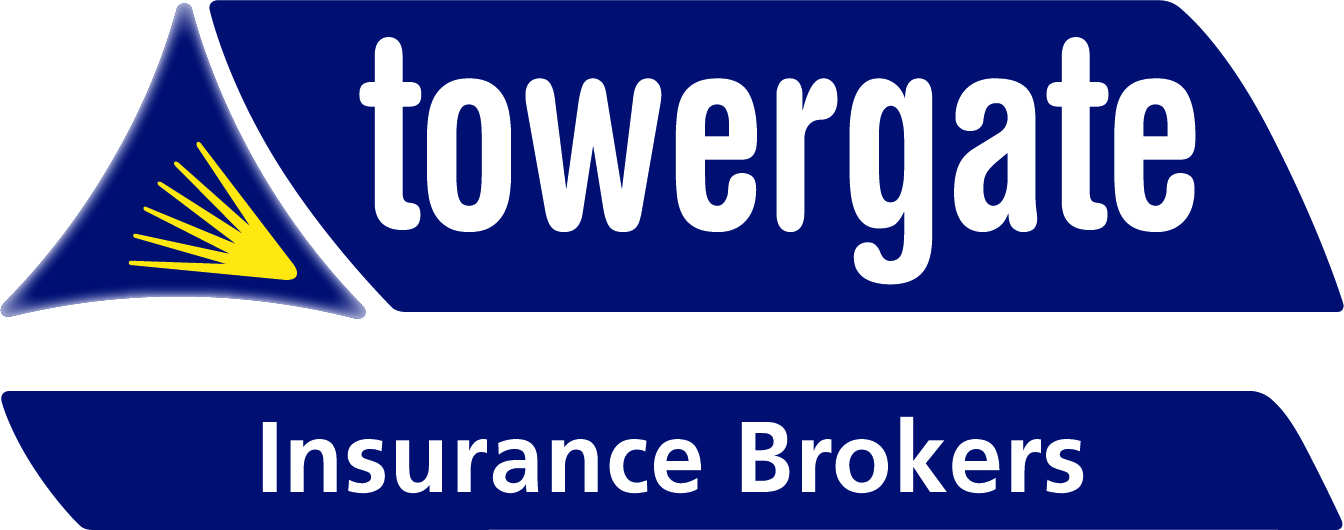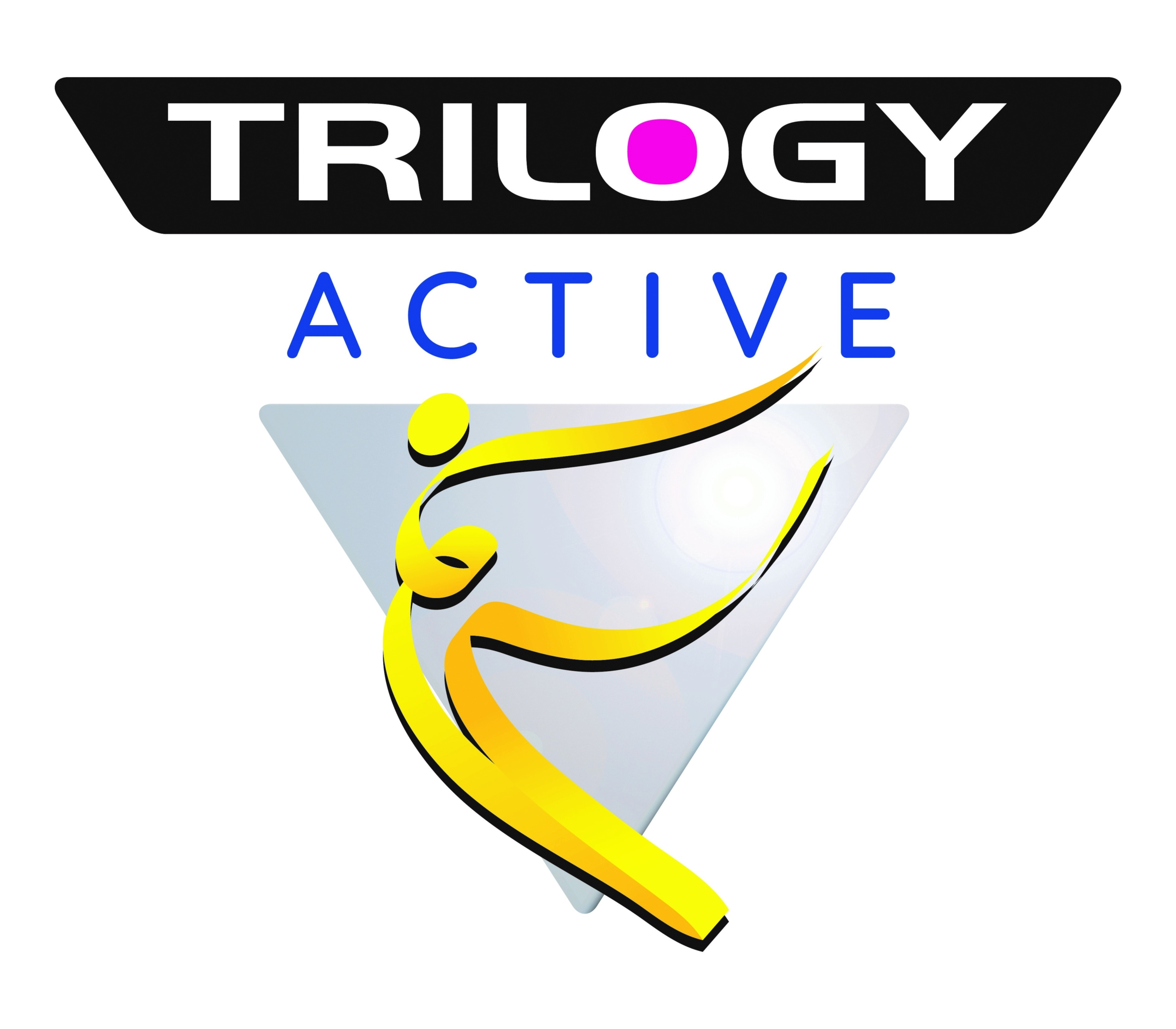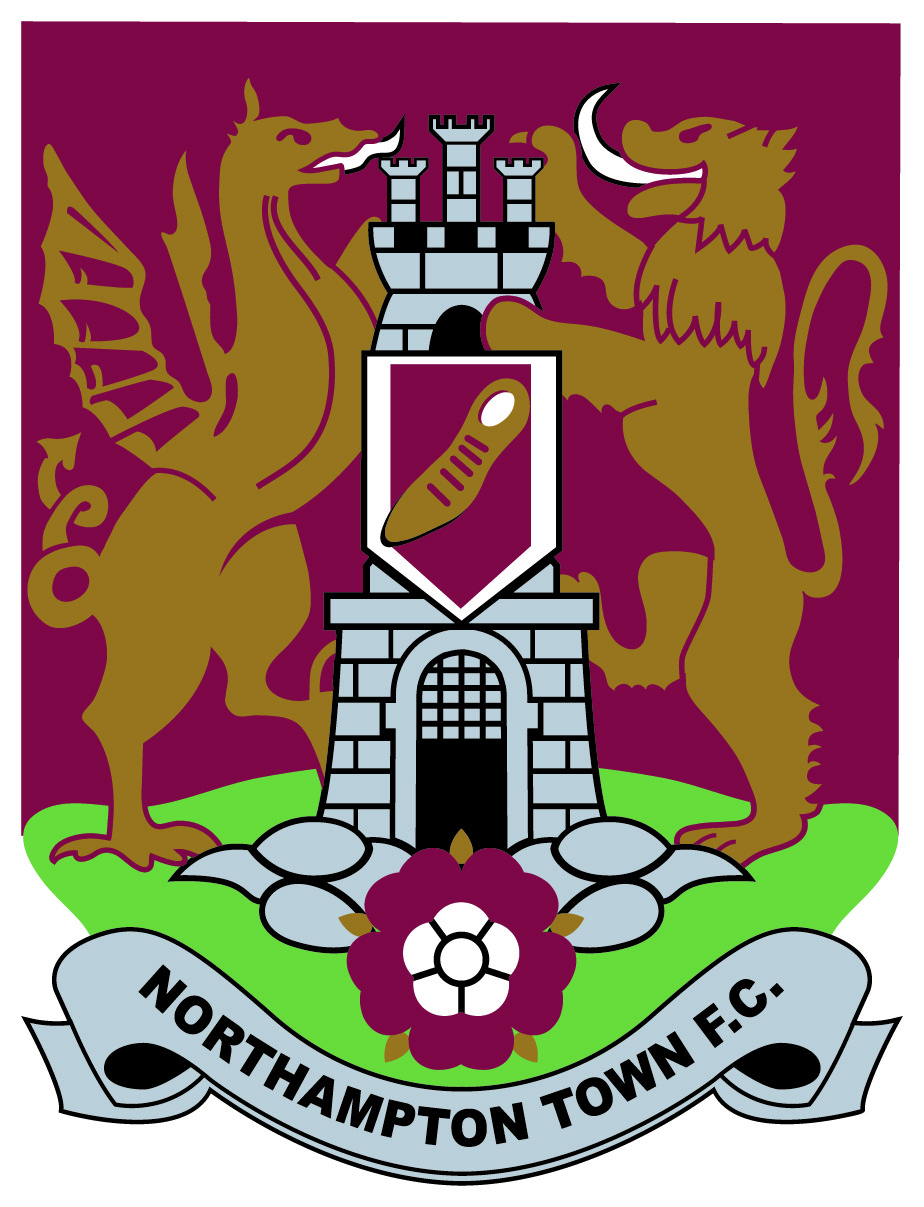

The Four Pillars Of Start-up
Blogs
Anchoring Your Business Strategy
Being a business owner has many benefits: you’re your own boss & can decide when, where & how you work, you have creative freedom, financial rewards…the list goes on. But with the ups come the downs. You also have the burden of decision making, creating & applying your business strategy & implementing that pesky marketing plan to contend with. It can be lonely at the top & deciding which direction to take, what to do & what not to do can be overwhelming.
On your journey as a business owner, you’ll hear all sorts of advice about what will boost your business & give you the best chance of success. While these different perspectives can be helpful, sometimes they just add more options to the already over-flowing decision pot. In this blog, I’m going to bring some calm to the chaos as I guide you through a 4-step process that can be applied to any business start-up, service or sector. As the Regional Lead for Business Buzz across Northamptonshire & as a I have been there & learnt some of the lessons the hard way, I hope to share some wise words with you.
Marketing & Innovation
If you’re anything like me, you’ll have been told many times that marketing & innovation belong in two separate camps when it comes to business. Should you try to invent something entirely new, or should you use marketing to promote the aspect that sets you aside from other businesses who do a similar thing? There’s no denying that innovation is a big influence in businesses, the life-blood of being relevant. New services, methods & products flood the market & without a fresh idea, your business lacks the strength & vitality to be a success. Businesses that don’t innovate don’t survive. This is why it is so critical to have a plan – more on that later. For now, let’s look at marketing. Why does it sometimes get a name for being unnecessary or futile?
Firstly, marketing is everywhere. We cannot avoid being marketed to – our inboxes are full of promotional emails; our social media is awash with adverts. We walk down the street & see sale signs, posters promoting events, companies telling us why their products or services will make our lives easier…we simply cannot avoid it. & with that, we can be forgiven for wondering if marketing is made up of scams & illusion. But marketing is so much more than that, when it is done well of course.
If we see marketing & innovation as two parts of the puzzle that fit & work together, we can understand how innovation informs your ideas, workflows, services or products, while marketing serves to tell your potential customers about these products & services. These two parts of the puzzle contribute to the jigsaw of entrepreneurial success. So what other parts of the puzzle are there? This is where my ‘Four Pillars of Start Up’ can help:
Pillar 1: Business Plan
Writing a business plan is a crucial element in your journey to success. As the saying goes, ‘the devil is in the detail’, but your business plan does not need to be the size of a telephone directory. Mine is only three sides of A4. It is, however a living document. It is organic & it is the first pillar of my business! Although this all sounds simple, being specific & defining exactly what your business looks like or has to offer takes time & thought. Here are some things to consider:
• Define your product or service & summarise it in two sentences.
• Identify your customer’s pain points, how your product or service alleviates them & what customers are gaining. Business Buzz & their 3-2-1 principle is a prime example of a standout solution. [https://www.buddhaconnect.co.uk/less-is-always-more]
• Is your offering business-to-business or are your customers consumers?
• What is your value proposition or unique selling point; with most sectors crowded, articulating your value proposition is key?
• What skills do you bring to your business? Although championing ourselves can feel uncomfortable, remember you’re a big part of your brand & what makes your business unique.
• What is the perceived worth of your product or service?
When you have defined your offering, you can start to establish who your customers are & where they hangout. If you know who you are selling to, you can define your USP. What sets you aside from your competitors?
When you have defined your offering, you can start to establish who your customers are & where they hangout. If you know who you are selling to, you can define your USP. What sets you aside from your competitors?
Pillar 2: Customer Profiles
Do you know who your customer might be? There is no business where everyone is their customer. Even giants like Amazon don’t appeal to everyone – if you don’t have the internet or a credit or debit card, you won’t be a customer. Although Amazon aspires to reach everyone, they have to do this by having different products & services that target different people within each universe. Do you buy books from Amazon? Do you watch TV shows using your Amazon Prime subscription or perhaps you are a Netflix or Disney+ streamer?
Personally, I like a spreadsheet to build my customer avatar as it’s visual & easy to amend. Customer profiles form the second pillar in your business & should be as in-depth as you can make it. Think about detailing the following items:
• Demographics.
• Where can you find & how can you reach your customers?
• What are your customer’s shopping habits?
• What are your customer’s hopes & values? How does your proposition support them?
• What could stop your customers buying from you?
Now you can look at why you think individuals would be interested in your product or service. Are you solving a problem for them? Are you making their life easier? & why would they choose you over someone else? If you conduct business with customers outside of your customer profile, they are likely to be more challenging because they will not necessarily understand your proposition or the value you bring. Be prepared for this.
These questions should allow you to really understand how your product or service fits into your customer’s lives & it enables you to make your product or service attractive to them.
Pillar 3: Love your Numbers
So many small business owners don’t seriously look at their financials. Looking at the numbers behind your business can feel scary! They are the cold hard truth about whether you are successful or not. Paying attention to & loving your numbers is the third pillar to success. Knowing which customers generate your largest margin is really important in identifying who your true customers are.
Here are my top tips when it comes to figures:
• An outsourced accountant can support you with account preparation, filing & offer tax advice, even filling the role of Financial Director.
• Bookkeeping software like QuickBooks or Xero are efficient, user friendly & help you focus on the numbers.
• Allocate regular time in your working week to actually complete your bookkeeping. It is all to easy to let this slide & then it becomes a mountain too big to climb.
• Create a profit & loss spreadsheet – keep it simple to plot your incomings & outgoings & allocate budget for marketing.
• Don’t discount prices – people will buy at full price if they recognise your worth & if they don’t them they are probably not your core audience.
• Keep your pricing simple. Don’t have too many pricing choices – 3 is optimal, Consider describing them as “bronze, silver & gold”.
• Last but by no means least: be proactive in looking after your pennies, because the pounds will look after themselves!
Pillar 4: Marketing Plan
I love a plan, so when it comes to marketing this is no exception. One of the signs of a successful business is that it is evolving, growing & changing. As your business moves, your marketing plan moves with it. While the plan moves, the fact you have a plan, means you have a pivot point in your business (the fourth pillar). A defined marketing plan creates structure to which you can pin activity & benchmark your progress. A great business idea is all good & well, but if no one knows what you do, you will never be able to succeed.
Having researched your customers & the places they spend their time, you are well informed to choose which channels you’ll use to market to them. Most businesses employ a mixture of channels to speak to their customers. There can be anywhere from 7 to 12 touch points before your audience will even begin to consider you, so patience & persistence are key. Expect knocks, this road isn’t always smooth! So, what are some potential options?
• Face-to-face engagement: networking like Business Buzz
• Website, SEO & organic social media helps create brand awareness & your pipeline.
• Consider post & print media like local community orientated magazines
• Paid for advertising like AdWords or pay-per-click can only enhance your option
• Follow-up on all enquiries, however they come to you. You’re only as good as your last testimonial, so you don’t want to be known for the communication void when someone calls or emails you.
With knowledge of who your customers are & clarity on what makes your business or service unique, you can think about which marketing tools might help you to deliver your offering to your potential customers. This might be a social media presence, email marketing campaigns, networking…or a mix of all 3. Remember ALL marketing incurs a cost to your business, so having a plan & the financial information to support your decision is fundamental in driving success & stabilises your fourth pillar.
Take Stock
Now you have built & documented the Four Pillars Of Start-Up, it is important to review all of them on a regular basis to keep them fresh & relevant. A quality accountant will actively be part of this process, as they can help you identify where you are hitting your financial targets & margins. If you add a new customer audience then this needs to be reflected across all four pillars, likewise if you innovate & add a new product your audience will evolved as will your marketing & your numbers need to be looked at to see where your new break-even point will be or where you make a profit. Set time aside at least 3 times a year to read & adapt your pillars. I review my pillars at least once every four months to make sure I am on track & to add any innovation or changes in direction.
& Finally
Whatever you choose to do, fully committing your time & energy to it will pay off. This is particularly important with networking. A little networking done really well will pay huge dividends Just like defining your offering, when you are specific about the steps you’ll need to take, accessing your customers is so much more straightforward, as is winning their confidence. Applying the four pillars to your business enables you to know your worth, customers, value proposition & profit margin. Equipped with this knowledge, you’re all set for success.


















